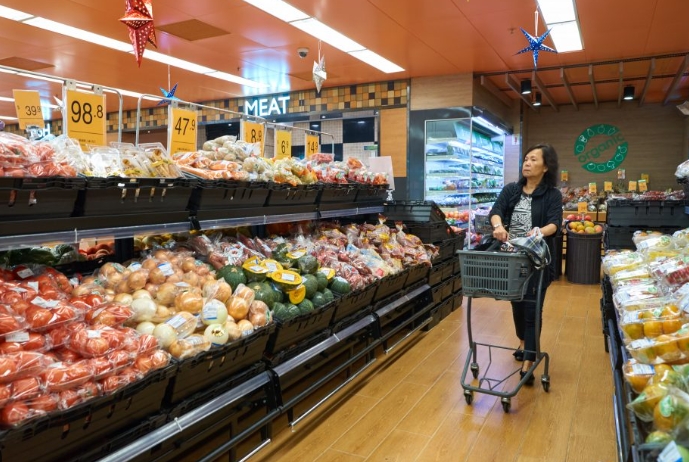Why Convenience Goods: The Unseen Powerhouse of Modern Consumerism

In the ever-evolving landscape of consumer behavior, convenience goods have emerged as a dominant force shaping the purchasing habits of millions worldwide. But why are convenience goods so pivotal to our modern economy? This article delves into the reasons behind the rise of convenience goods, their impact on consumer behavior, and the future trends that are set to redefine this sector.
Convenience goods, by definition, are items that are regularly consumed and easily accessible to consumers. These include everyday products such as food, toiletries, and household items. The primary allure of convenience goods lies in their ease of access and habitual purchase patterns, which have been amplified by the rapid growth of e-commerce and digital technologies.
The first reason why convenience goods have become so integral to our lives is the increasing pace of modern lifestyles. As work schedules become more demanding and leisure time more precious, consumers are seeking ways to streamline their shopping experiences. Convenience goods, with their ubiquitous presence in physical and online stores, cater to this need for efficiency and speed.
Secondly, the rise of convenience goods can be attributed to the evolution of consumer preferences. Today's consumers are not just buying products; they are buying experiences. The ease of purchase, immediate gratification, and the minimal effort involved in buying convenience goods enhance the overall shopping experience, making these products more appealing to the modern consumer.
Moreover, the advent of data-driven marketing has allowed companies to tailor their offerings to individual consumer preferences, further driving the demand for convenience goods. By leveraging big data and analytics, businesses can predict consumer behavior, optimize their supply chain, and deliver personalized shopping experiences, making convenience goods an essential part of their strategy.
However, the dominance of convenience goods is not without its challenges. The environmental impact of convenience goods, particularly in terms of packaging waste and carbon footprint, is a growing concern. As consumers become more environmentally conscious, businesses will need to balance convenience with sustainability.
Looking ahead, the future of convenience goods is likely to be shaped by technological advancements. Innovations such as drone delivery, automated replenishment systems, and smart packaging are set to redefine the concept of convenience, making it even more embedded in our daily lives.
In conclusion, the rise of convenience goods is a testament to the changing dynamics of consumer behavior. As we continue to seek efficiency and personalization in our shopping experiences, convenience goods will remain at the forefront of this evolution. However, the challenge for businesses will be to deliver convenience in a manner that is sustainable and responsible, ensuring that the benefits of convenience goods are enjoyed by all, without compromising our planet.


